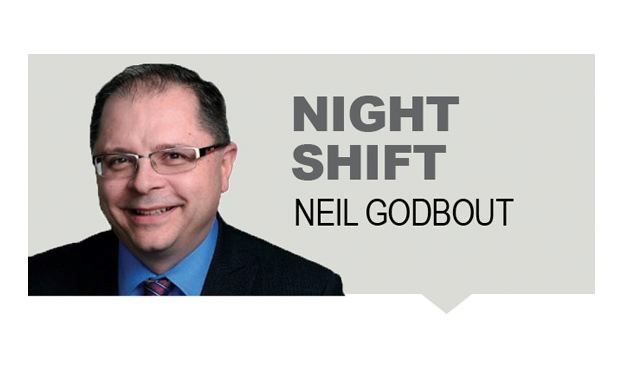During the COVID-19 pandemic, calm encouragement for citizens to act responsibly, even in their own self-interest to protect themselves and their loved ones, has been mostly a failure everywhere in the world and right across Canada.
Stern lecturing, threats, fines and public shaming haven’t worked so well, either.
So it should also come as no surprise that the Canadian government is working on a marketing campaign for the eventual vaccine rollout. No doubt that will involve recruiting social influencers to spread the “I got one and you should, too” message across multiple platforms – TikTok for younger Canadians; print, radio and TV for older Canadians.
This should take many forms, as logical suggestions to improve personal health don’t go far. If they did, nobody would smoke, junk food would sit on store shelves gathering dust and everyone would have a gym membership.
The appeal needs to be an emotional one to multiple audiences.
Do it for grandma and grandpa. Do it for the kids. Do it for the doctors and nurses. Do it for the police officers and the teachers. Do it out of patriotic duty. Do it because vaccines helped our ancestors defeat polio and smallpox. Do it so you can take a winter vacation to Mexico again. Do it so you don’t have to isolate at home or get tested anymore. Do it so you don’t have to wear a stupid mask anymore.
Do it because everyone else is doing it.
But how far should the government be willing to go to motivate Canadians to wear masks now and get the vaccine next year?
As Richard Thaler and Cass Sunstein write in their now-classic book Nudge, nothing motivates behavioural change as much as knowing everyone else has to do it, too. At least in Prince George, if Dr. Bonnie Henry wanted to get everyone wearing masks, she should have mandated it a month ago. There are still the complainers on social media, of course, but everyone is now wearing masks in indoor public spaces. As Thaler and Sunstein’s research shows, it’s not the fear of fines that motivate people, it’s fear of being the only one.
The silent stares of judgment from everyone when you’re the only one not wearing a face covering make a deep impression and changes behaviour.
Social media is a powerful tool for nudging. Regardless of one’s politics, there is clear evidence Russia used tens of thousands of cleverly placed (and deceitfully masked) social media posts to sew discord and public unrest during the 2016 U.S. presidential election. At present, all sorts of conspiracy theories about the virus, mask wearing and the vaccine are rampant across social media.
Now imagine if the same nefarious techniques were used to promote wearing masks and encourage people to get the COVID-19 vaccine.
Imagine if the federal government quietly tasked its cybersecurity experts at the Canadian Security Intelligence Service to flood social media channels with inflammatory messages and memes from phantom accounts, stating that everyone is wearing masks and those who aren’t are unpatriotic stooges intentionally or blindly working to weaken Canada and hurt fellow Canadians. What if those messages were specifically targeted, using the existing algorithms of Facebook, Google and others, to everyone who questioned wearing masks or getting the vaccine or the wisdom of Dr. Bonnie Henry and Dr. Theresa Tam?
There’s no question it would work more often than not and the effort would likely save lives, reduce health care costs, boost the economy and allow Canadian life to return to normal more quickly next year.
But do the means justify the ends?
Should government employ such underhanded tactics to alter the opinions of its own citizens, even when it’s for their own good?
Some would argue absolutely not, that employing such tools opens the door to government using similar methods to act in its own interests and against that of dissenting citizens.
Others would argue that, in certain circumstances such as public health and with stringent oversight, the positive outcomes outweigh the negative risks.
There is no clear answer and there are merits to both arguments.
In China, Russia and countries with flimsy democracies, the choice is easy.
In Canada, the opposite choice is easy because it simply means sticking with the status quo.
Perhaps there is a middle ground there for our governments to do more to get citizen to do more but the slope gets slippery in a hurry.



